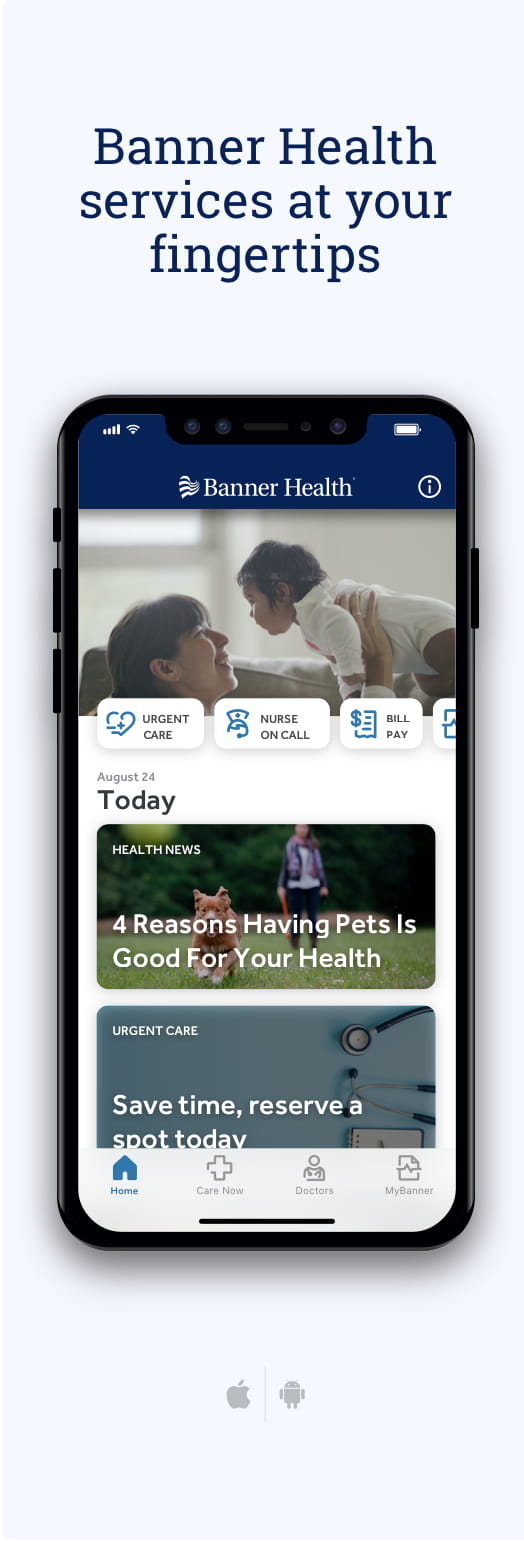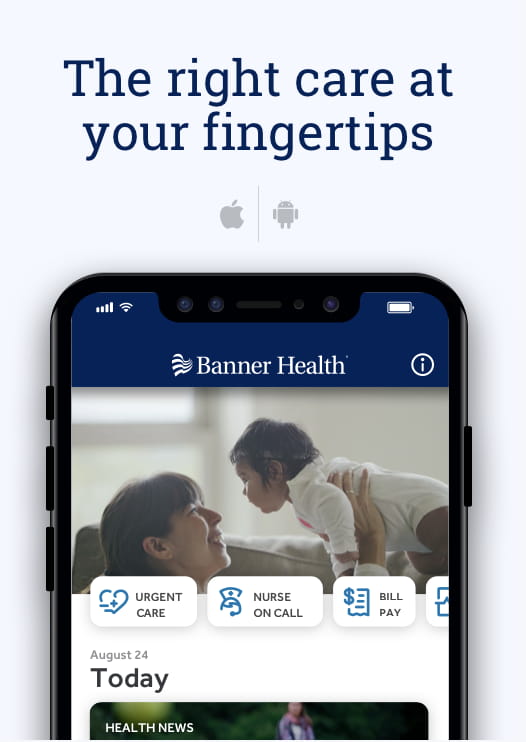¿Cansada de sentirte incómoda con esas venas persistentes que se entrecruzan en tus piernas y muslos? Quizás sea más que una simple preocupación estética. Quizás también te causen dolor y molestias.
Ya sea que te dé vergüenza mostrar las piernas o que tengas molestias físicas, las venas visibles en las piernas pueden afectar tu confianza y calidad de vida. Cuidar las piernas significa mucho más que verse bien; también se trata de sentirse bien.
Todd Bruce , PA-C, especialista en cirugía cardíaca, torácica y vascular, nos ayuda a comprender más sobre las venas visibles en las piernas, las formas de tratarlas y posiblemente incluso prevenir que aparezcan nuevas en el futuro.
¿Por qué estas venas se ven diferentes a otras venas?
Esas venas de color azul verdoso pálido que se ven en las manos, brazos y piernas son muy comunes y no suelen ser motivo de preocupación. Pero ¿qué pasa con esas venas de color púrpura rojizo que forman intrincadas redes y ramificaciones en la piel? Estas pueden ser arañas vasculares, varices o venas reticulares.
“Las arañas vasculares son pequeñas venas con forma de telaraña que aparecen cerca de la superficie de la piel”, explicó Bruce. Estas venas pueden ser rojas, moradas o azules y son comunes en las piernas y, a veces, en la cara.
Las venas varicosas son venas más grandes e hinchadas que suelen ser de color azul o morado. Pueden abultarse o retorcerse y suelen encontrarse en las piernas y los pies. Pueden causar molestias, dolor, picazón y molestias, especialmente después de estar de pie o sentado durante un período prolongado.
“Las venas reticulares son más grandes y profundas que las arañas vasculares, pero más pequeñas que las varices”, dijo Bruce. “Se encuentran en las piernas, a menudo en las pantorrillas”. Las venas reticulares suelen ser de color verde azulado y se extienden como una malla, cubriendo una zona más amplia de la piel.
¿Qué causa las venas visibles en las piernas?
Las venas varicosas, arañas vasculares y reticulares pueden estar relacionadas con problemas de flujo sangre . Suelen estar relacionadas con problemas en la capacidad de las venas para retornar la sangre al corazón de forma eficiente, una afección denominada insuficiencia venosa crónica.
Cuando las válvulas de estas venas se debilitan, parte de la sangre fluye en sentido retrógrado y se acumula en ellas. Este exceso de sangre puede ejercer presión sobre las paredes venosas, provocando la aparición de venas visibles, pero también problemas más graves.
“Si no se trata, la insuficiencia venosa puede causar hinchazón de piernas , lo que a su vez puede causar úlceras venosas y derivar en otras afecciones graves”, dijo Bruce. “Si le duelen las venas o tiene hinchazón de piernas, debe consultar a su médico”.
Sin embargo, otros factores también pueden aumentar el riesgo de desarrollar este tipo de venas, incluidos los antecedentes familiares, la edad y el nivel de actividad física.
“Suelen tener un componente genético, pero también pueden ser causadas por el embarazo , una lesión en una zona de la pierna y si usted permanece sentado o de pie durante períodos prolongados”, dijo Bruce.
Tener sobrepeso, no hacer suficiente ejercicio o tener antecedentes de coágulos sangre también pueden aumentar el riesgo de desarrollar diferentes tipos de venas visibles en las piernas.
¿Cómo puedo deshacerme de las venas visibles de las piernas?
Los masajes, las cremas y lociones especiales, y los autobronceadores pueden brindarte un alivio temporal, pero no harán que tus venas desaparezcan. Necesitas una solución más permanente.
En las últimas décadas, el tratamiento de las venas ha evolucionado considerablemente: se ha pasado de la cirugía de extirpación de venas (extirpación venosa) a tratamientos mínimamente invasivos. Con estos nuevos enfoques, puede recibir atención venosa de forma segura en un entorno ambulatorio y con un tiempo de recuperación mínimo.
Tres de los tratamientos más recientes para las venas varicosas incluyen:
- Tratamientos láser superficiales: Este tratamiento cosmético es adecuado para venas muy pequeñas. Un especialista capacitado calienta la vena mediante un láser superficial o un tratamiento de luz pulsada intensa (IPL), lo que provoca su contracción y cicatrización.
Si las agujas no te convencen, esta puede ser una buena opción. Sin embargo, puede que necesites varias sesiones para ver resultados visibles.
- Escleroterapia: Este procedimiento mínimamente invasivo es una de las opciones más populares para las arañas vasculares y las varices pequeñas. Un especialista capacitado utiliza una inyección indolora de detergente espumoso o solución salina (con una aguja muy fina) para colapsar la o las venas afectadas y que puedan reabsorberse en el torrente sanguíneo.
Las arañas vasculares pueden tardar aproximadamente de uno a dos meses en desaparecer, y las venas varicosas, de tres a cuatro meses.
- Ablación láser: Para venas varicosas grandes, se puede utilizar un procedimiento láser como la terapia láser endovenosa (EVLT) y la ablación por radiofrecuencia (RFA) para calentar la vena y colapsarla. La EVLT utiliza una fibra láser, mientras que la RFA utiliza un catéter y se utiliza para tratar la insuficiencia venosa.
Con ambos procedimientos, normalmente se ven resultados en tan sólo unas pocas semanas.
¿Puedo prevenir la formación de nuevas venas?
Si bien algunos factores que provocan venas visibles en las piernas (como la genética y la edad) están fuera de su control, hay medidas que puede tomar para reducir el riesgo y posiblemente prevenir su desarrollo.
Use medias de compresión: incluso si no tiene venas visibles en las piernas, usar medias o calcetines de compresión puede ayudar a prevenir su desarrollo al mejorar el flujo sangre y reducir la presión sobre las venas.
“Las medias pueden ayudar con la hinchazón de las piernas y evitar que las venas duelan al ayudar a sujetarlas, especialmente si usted está de pie o sentado durante períodos prolongados”, señaló Bruce.
Manténgase activo: el ejercicio regular, especialmente las actividades que ejercitan los músculos de las piernas , como caminar, andar en bicicleta y nadar, pueden ayudar a mejorar la circulación y mantener las venas saludables.
Mantenga un peso saludable: El sobrepeso o la obesidad pueden ejercer presión adicional sobre las venas, aumentando la probabilidad de desarrollar venas visibles en las piernas. Mantenga un peso saludable mediante una dieta equilibrada y ejercicio regular.
Evite estar sentado o de pie por períodos prolongados: Si su trabajo requiere estar sentado o de pie durante largos periodos, intente tomar descansos para estirarse y moverse. Elevar las piernas al sentarse también puede reducir la presión sobre las venas.
Evite la ropa ajustada: La ropa ajustada en la cintura y las piernas puede restringir el flujo sangre y aumentar el riesgo de desarrollar venas varicosas. Elija ropa holgada siempre que sea posible.
Proteja su piel: Evite la exposición excesiva al sol, ya que los rayos UV pueden debilitar la piel y contribuir a la aparición de venas visibles en las piernas. Si va a exponerse al sol, asegúrese de usar protector solar y ropa protectora .
Llevar
No permita que las venas visibles en las piernas le impidan sentirse cómoda y segura con su piel. Ya sea que tenga varices, arañas vasculares o venas reticulares, existen opciones de tratamiento para mejorar la apariencia de sus piernas y aliviar las molestias.
Si tiene problemas con venas visibles en las piernas, hable con un especialista en venas o con un especialista de Banner Health para explorar su mejor plan de tratamiento.


